A July 1889 Comet newspaper article asked the question, “Where are you going to spend the month of August?”
“If you can’t afford to go to a high-priced summer resort, but still want to get out of the hot city for a few days or weeks of recreation and relaxation and go where you can stay cool, drink from chalybeate water (impregnated with or containing salts of iron). It is water as good as can be found anywhere.
“And then there’s fishing, hunting, boating and getting all-you-can-eat. You need to pack your essentials, travel to Unicoi County, stop at Unaka Springs at the Unaka Springs Hotel and converse with the friendly landlord, Mr. A.V. Deaderick.
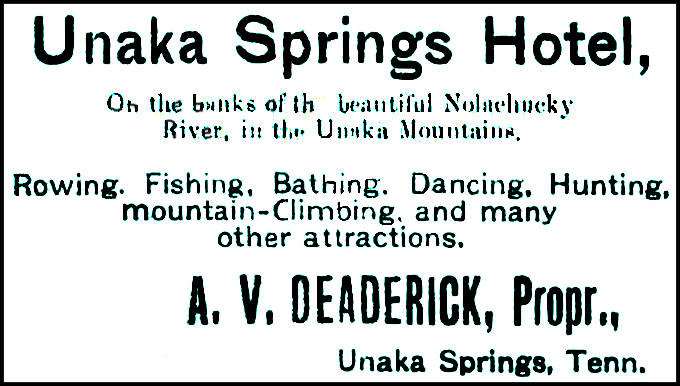
“The owners of the establishment don’t exhibit a lot of style up there. In turn, they offer you something much better: good air, clean water, plenty of exercise and fresh food that will stick to your bones.
“If you’re looking for a stylish hotel, you don’t want to go to Unaka Springs, but if you’re seeking rest and want to go where you can get pure air, water, butter, milk and fresh fish that you catch yourself in the streams, Unaka is the place for you.
“At the spring, you can sit and view the handiwork of nature in all its glory; you can further listen to the rippling waters of the Nolachucky River for hours, until you forget the cares of the world and imagine that you are shut in by the towering peaks that rise all around you from your very feet.
“Don’t stop until you get to Unaka Springs and hear Uncle ‘Dot’ blow his dinner horn. That means he has something good on the table waiting for you to come and dine.
“The spring is about 18 miles from Johnson City and can be reached by hack easily in half a day. Also, a regular hack line is run from Jonesboro (Jonesborough).
“The three C’s railroad currently runs within 100 yards of the hotel, and next year it will be expanded to carry you the rest of the way to your destination.
“After passing Erwin, Tennessee, the road to the spring follows the Nolachucky the last two miles, and the tranquil scenery along that distance alone will more than repay you for taking the trip.
“After crossing the river and entering the hotel grounds, you’re completely shut off from the outside world. It’s a feeling beyond description. At your feet is the river, full of perch, just waiting for you to come and hook them (if you can) and all around you are mountains so close that you only need to step off the porch to began ascending. They are so high you cannot shoot over them even with a Winchester rifle.
“But we will not try any further to describe this wonderful place for you. If there’s any poetry in your soul and you want to realize what real pleasure is, go to the Unaka Springs Hotel, and if you’re not satisfied, the Comet will refund the money you paid by mailing it to you.”
I located a July 22, 1915 newspaper clipping titled, “Mr. and Mrs. Boyd Chaperone House Party.” The gathering was at Unaka Springs. I located the Boyd’s home residence in the directory as being at 211 W. Holston Avenue.” The article, which reads like a Who’s Who, had this to say:
“Misses. Maradin Prease (Preas?), Myrtle Lyle, Florence Summers, Ruth Faw, Mary Nell Dosser, Mildred Exum, Bernice Green, and Gertrude Williams. Messrs. Bob Miller, Eugene Parsons, Fred Lockett, Max Luck, Kyle Worley, Jim Martin, Jack Lyle and Bob Dosser, Jr. are enjoying a house party at Unaka Springs for 10 days, chaperoned by Mr. and Mrs. John Boyd. The management of this famous resort should feel proud of having such select crowds choose Unaka Springs for their outings.”
I would love to hear from someone who can remember the Unaka Springs Hotel when it was in operation and have memories of staying there. The last time I drove by there, and that was several years ago, the hotel building was still standing. I only wish Mr. Deaderick was still in the office.

 Brown (left) and Jackie Gleason, the first Chester Riley on The Life of Riley-600x400.jpg)
 Brown (left) and Jackie Gleason, the first Chester Riley on The Life of Riley.jpg)

-578x400.jpg)
.jpg)
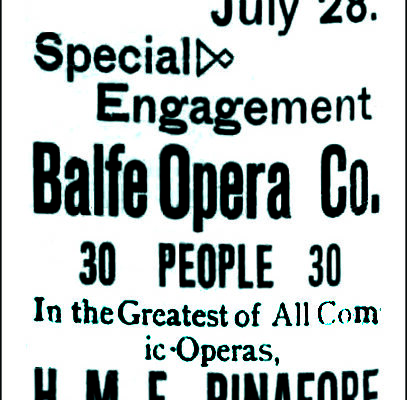
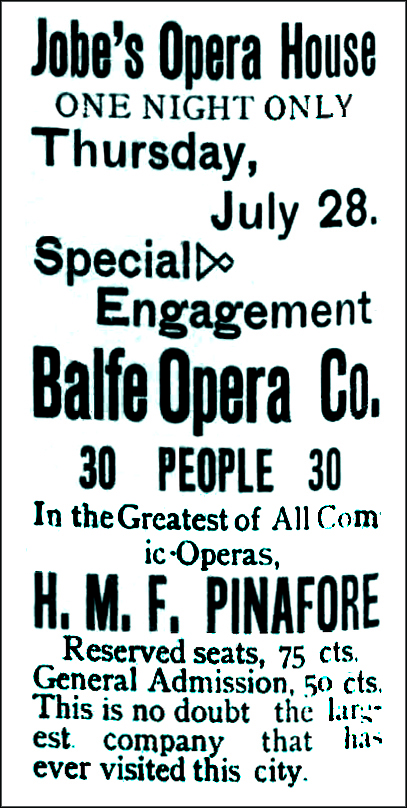


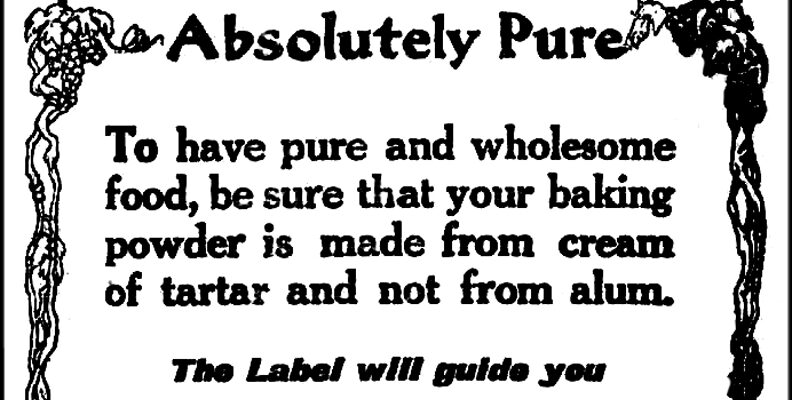
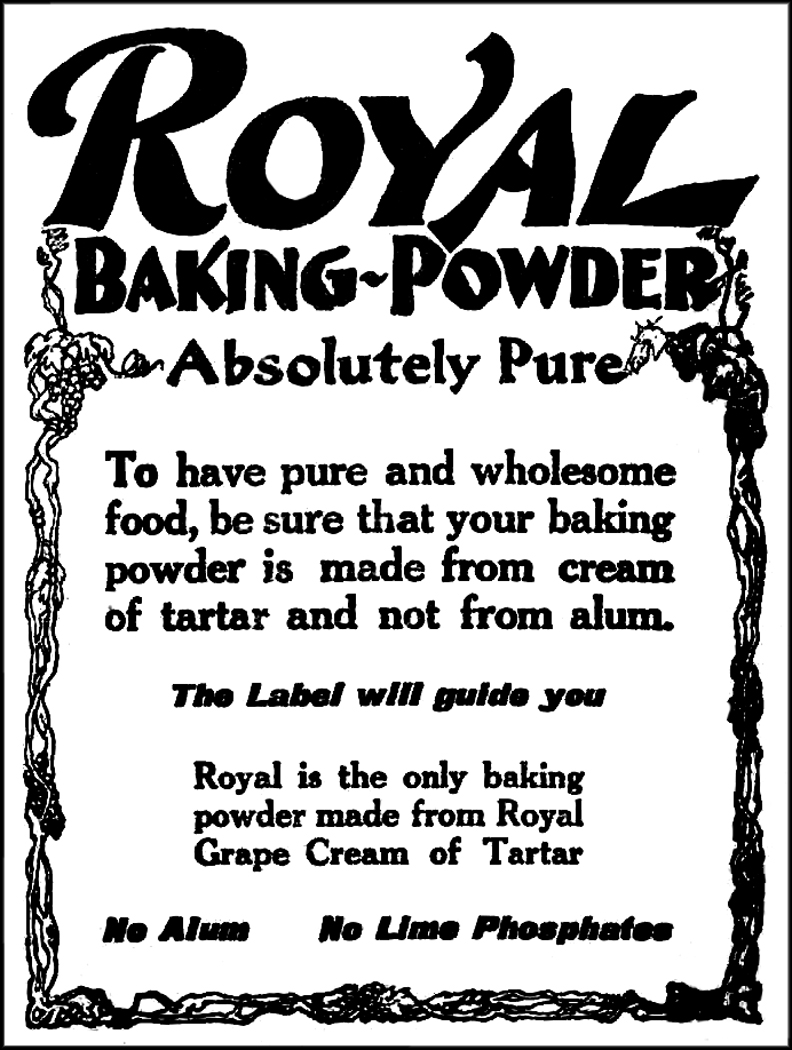



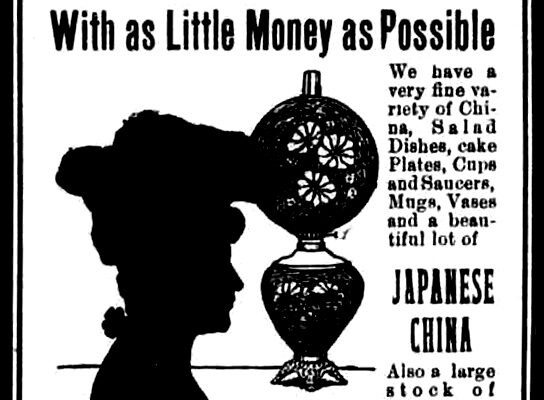
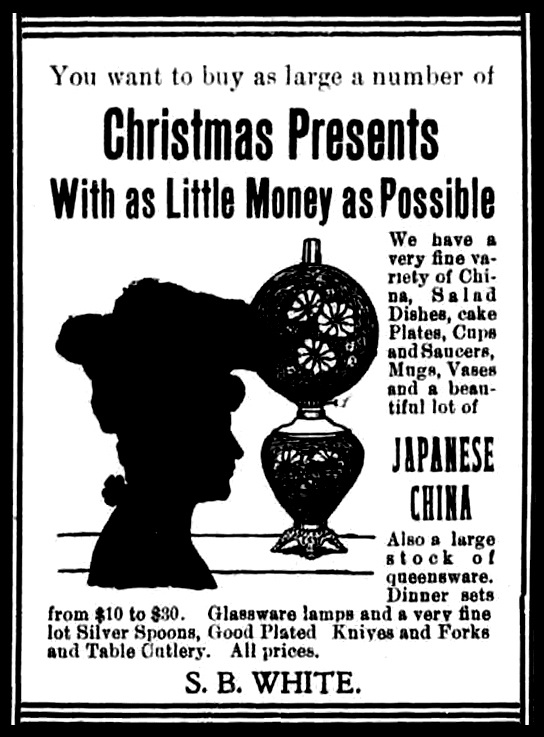
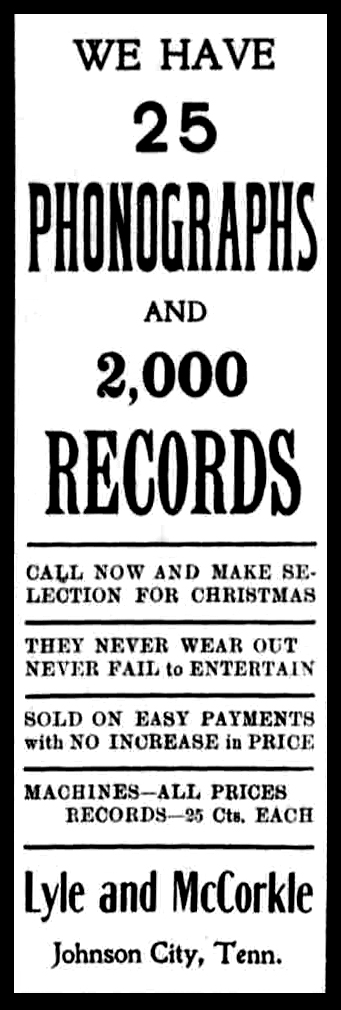

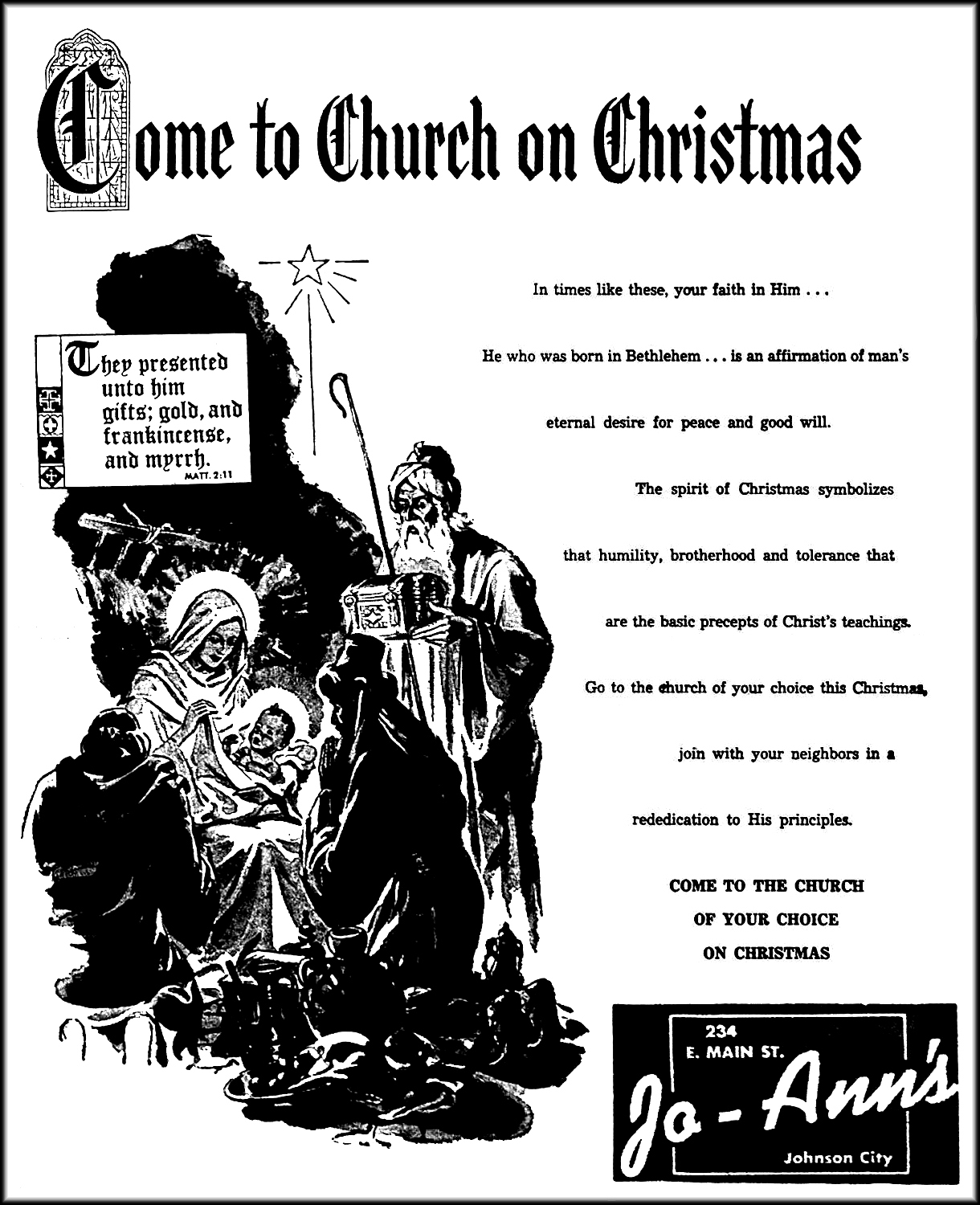
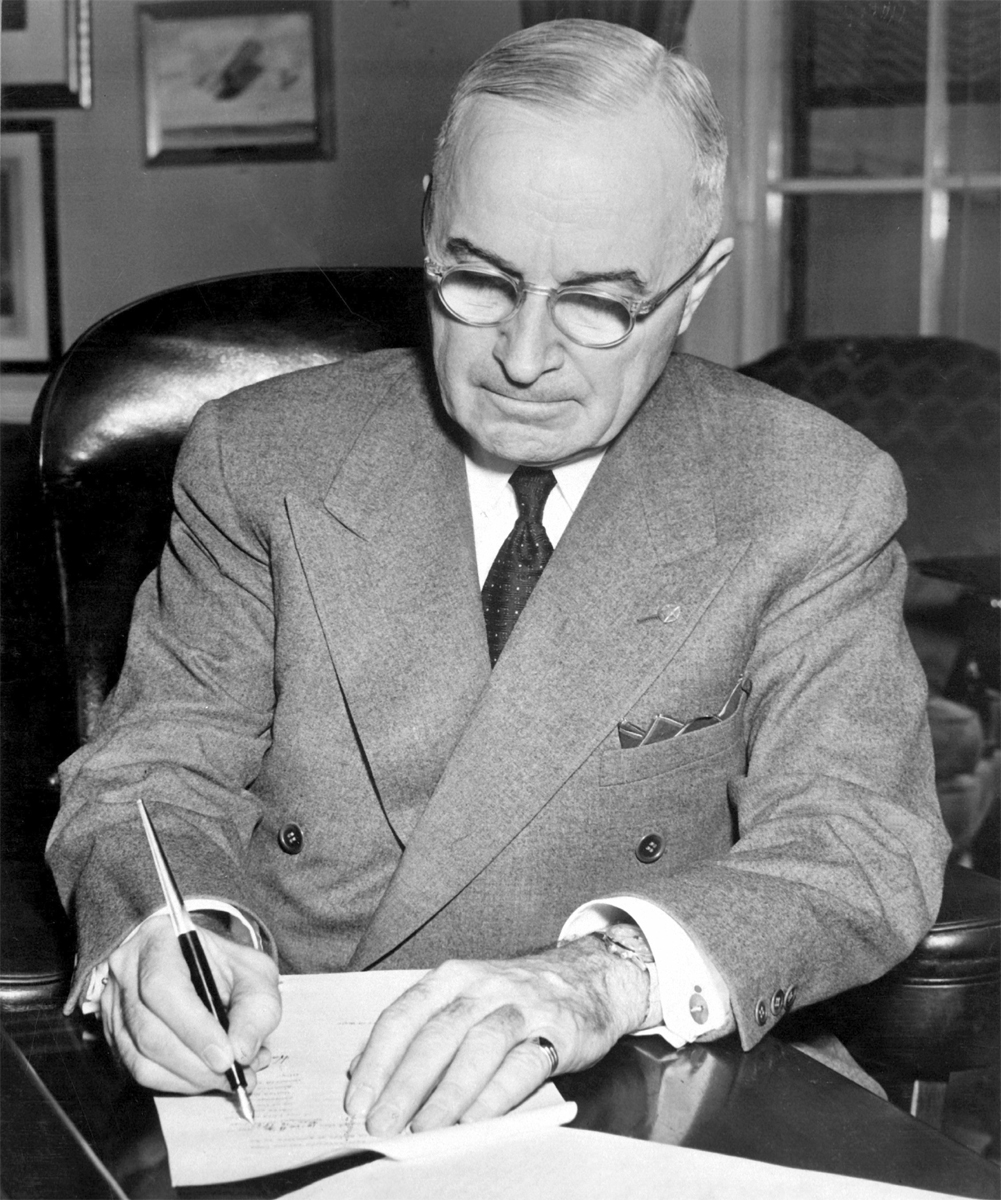


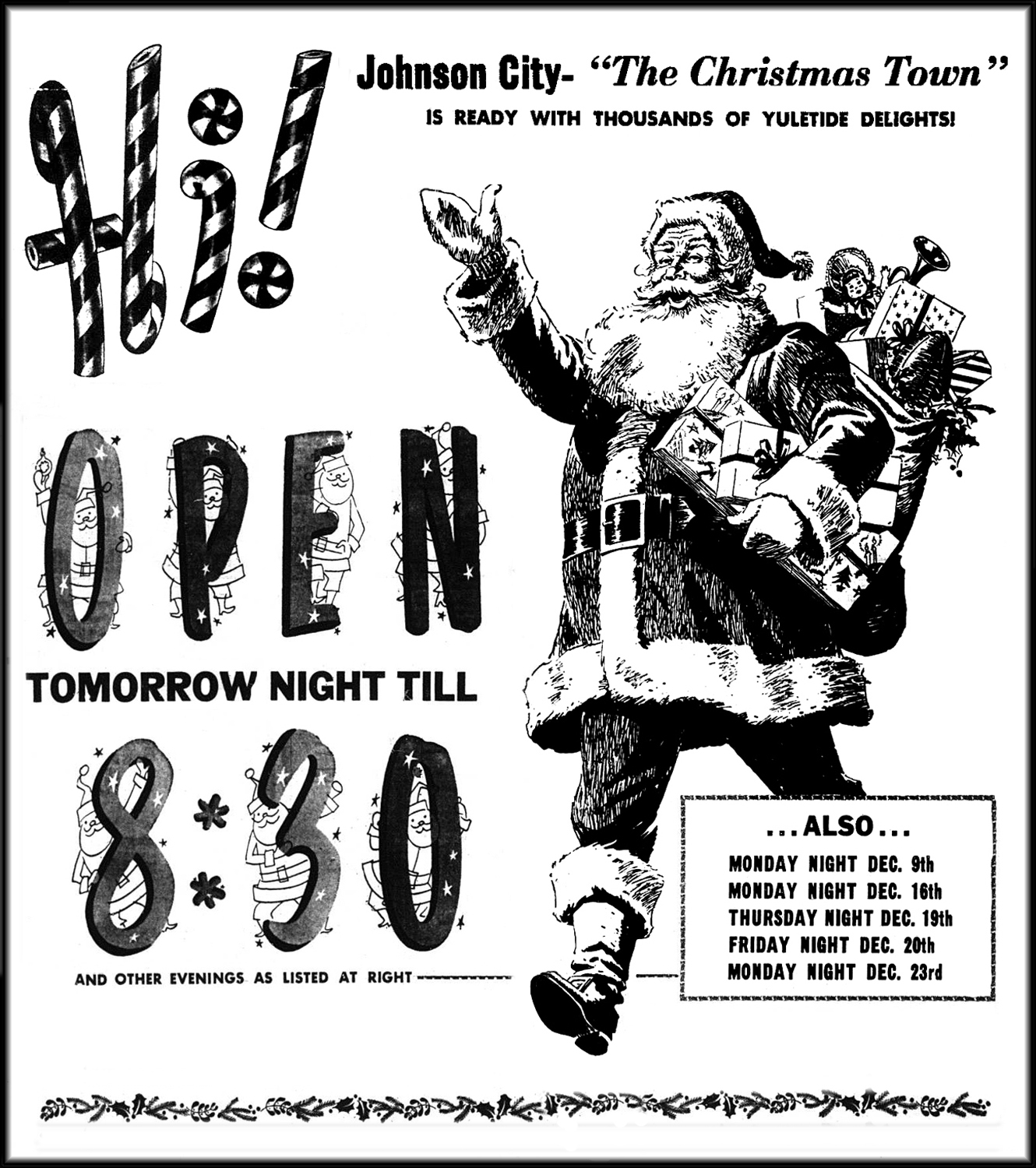

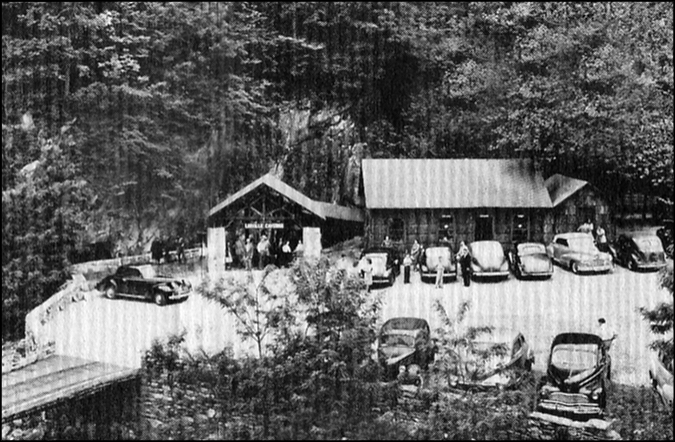
.jpg)
